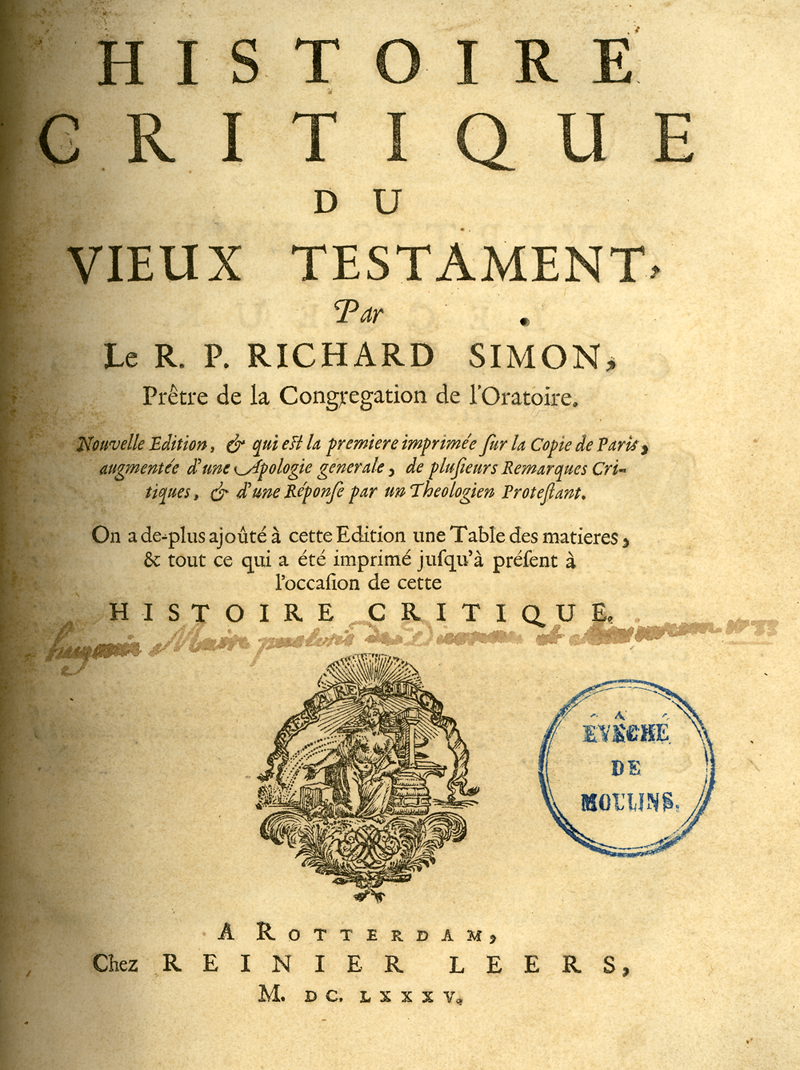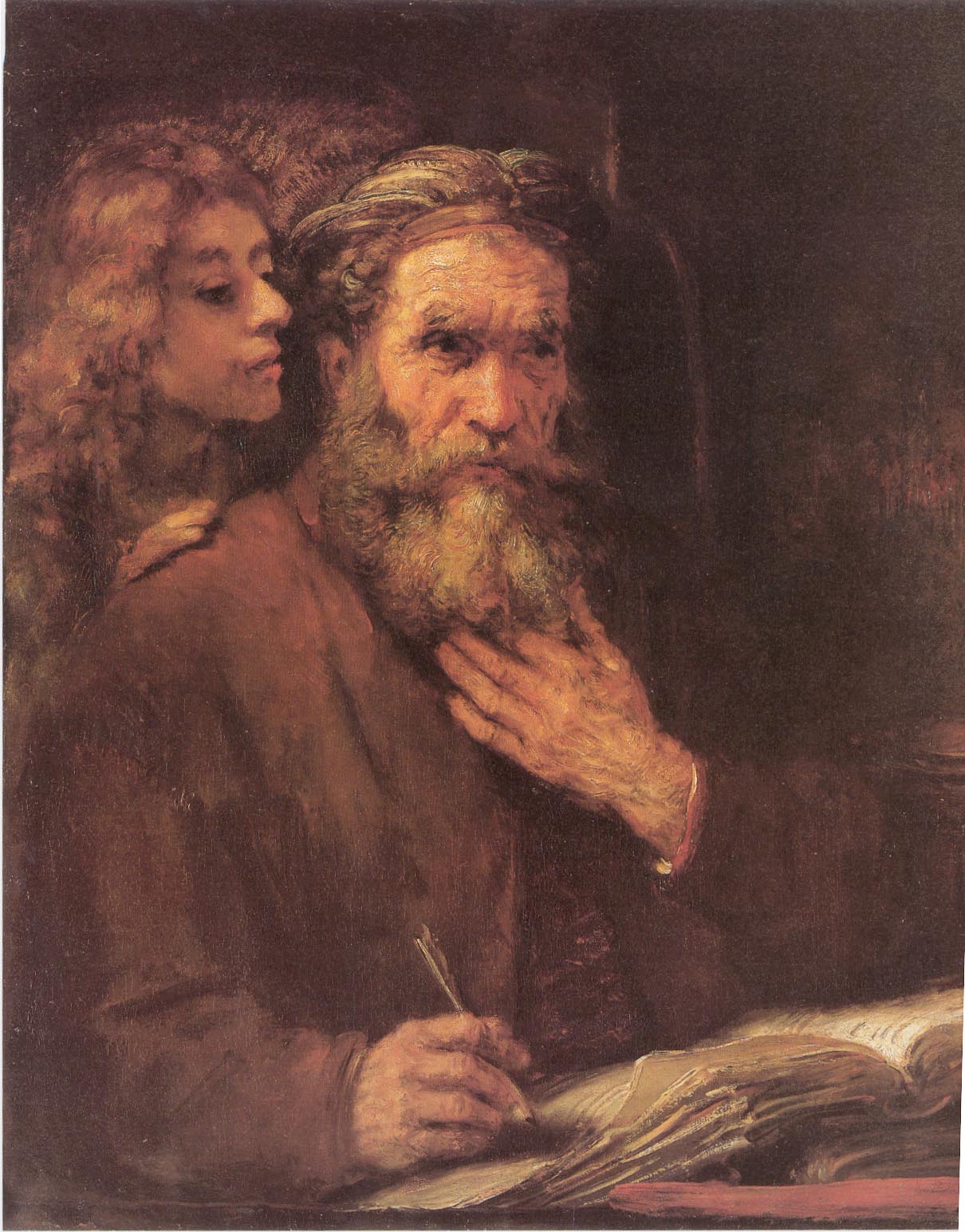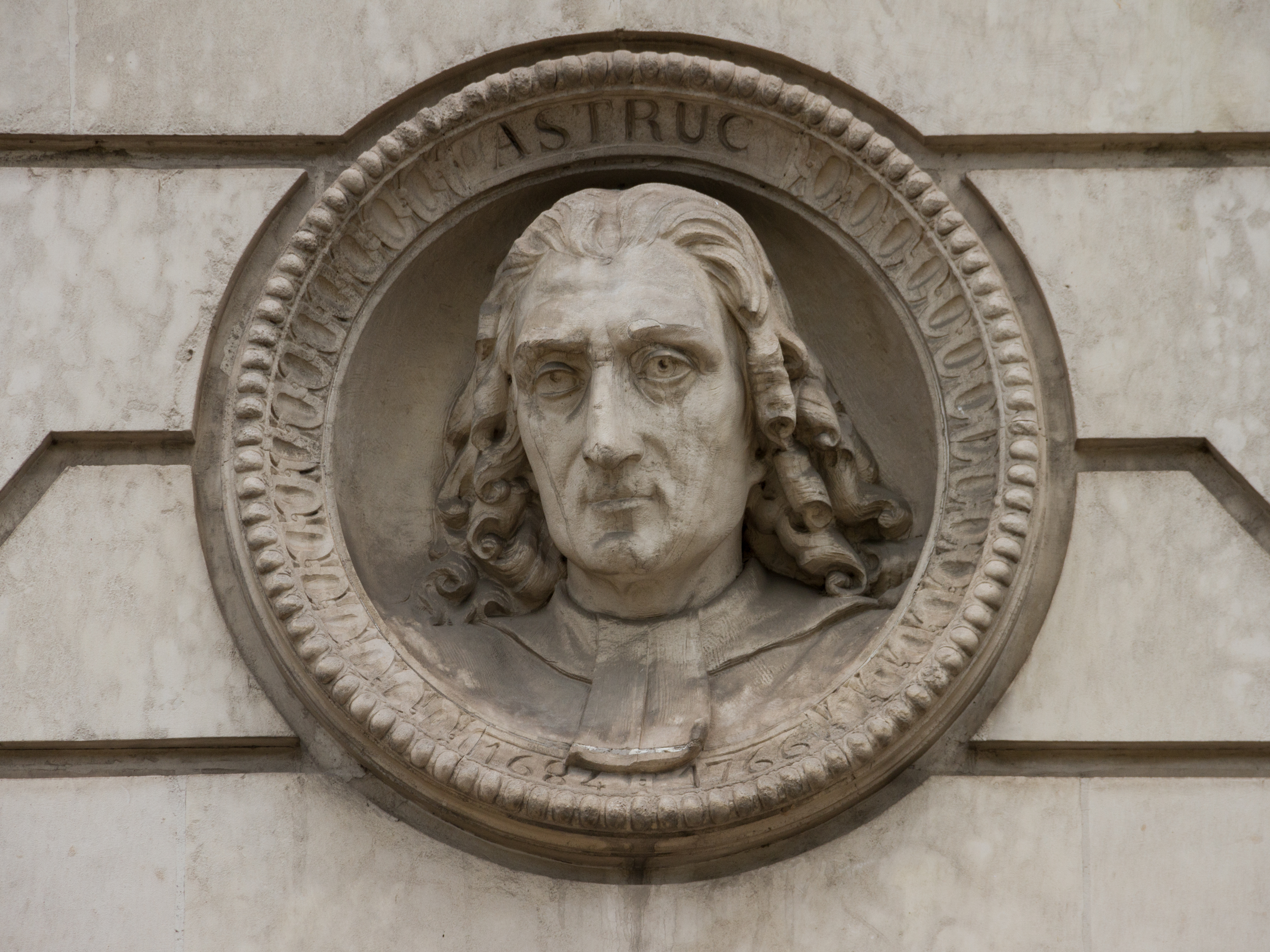|
Interpreter's Bible Series are used in parallel as translations and the series contains the work of 94 authors and 14 consultants.
The Interpreter's Bible series is a biblical criticism series published by United Methodist Publishing ( Abingdon/ Cokesbury) beginning in the 1950s. Each volume covers one or more books of the Old Testament (including the Apocrypha) or the New Testament. Between 1994 and 1998, an updated 12-volume series was published by Abingdon Press as ''The New Interpreter's Bible (NIB)''. The New International Version and the New Revised Standard Version The New Revised Standard Version (NRSV) is an Bible translations into English, English translation of the Bible published in 1989 by the National Council of Churches. References Biblical criticism[...More Info...] [...Related Items...] OR: [Wikipedia] [Google] [Baidu] |
Biblical Criticism
Biblical criticism is the use of critical analysis to understand and explain the Bible. During the eighteenth century, when it began as ''historical-biblical criticism,'' it was based on two distinguishing characteristics: (1) the concern to avoid dogma and bias by applying a neutral, non-sectarian, reason-based judgment to the study of the Bible, and (2) the belief that the reconstruction of the historical events behind the texts, as well as the history of how the texts themselves developed, would lead to a correct understanding of the Bible. This sets it apart from earlier, pre-critical methods; from the anti-critical methods of those who oppose criticism-based study; from later post-critical orientation, and from the many different types of criticism which biblical criticism transformed into in the late twentieth and early twenty-first centuries. Most scholars believe the German Enlightenment () led to the creation of biblical criticism, although some assert that its roo ... [...More Info...] [...Related Items...] OR: [Wikipedia] [Google] [Baidu] |
United Methodist Church
The United Methodist Church (UMC) is a worldwide mainline Protestant denomination based in the United States, and a major part of Methodism. In the 19th century, its main predecessor, the Methodist Episcopal Church, was a leader in evangelicalism. The present denomination was founded in 1968 in Dallas, Texas, by union of the Methodist Church and the Evangelical United Brethren Church. The UMC traces its roots back to the revival movement of John and Charles Wesley in England, as well as the Great Awakening in the United States. As such, the church's theological orientation is decidedly Wesleyan. It embraces liturgical worship, holiness, and evangelical elements. The United Methodist Church has a connectional polity, a typical feature of a number of Methodist denominations. It is organized into conferences. The highest level is called the General Conference and is the only organization which may speak officially for the UMC. The church is a member of the World Counci ... [...More Info...] [...Related Items...] OR: [Wikipedia] [Google] [Baidu] |
Abingdon Press
Abingdon Press is the book publishing arm of the United Methodist Publishing House which publishes sheet music, ministerial resources, Bible-study aids, and other items, often with a focus on Methodism and Methodists. History Abingdon Press was begun in the early 1900s by the Methodist Church, with headquarters in New York City. The name of the imprint is a reference to the town of Abingdon, Maryland, location of the Methodist university Cokesbury College.Alan K. Waltz"Abingdon Press," in ''A Dictionary for United Methodists.'' New York: Abingdon Press, 1991. Cited in United Methodist Church: Glossary: Abingdon Press, www.umc.org/. In 1923 the Methodist Episcopal Church, South adopted the name Cokesbury for its own publishing concern, with headquarters in Nashville, Tennessee Nashville is the capital city of the U.S. state of Tennessee and the seat of Davidson County. With a population of 689,447 at the 2020 U.S. census, Nashville is the most populous city in th ... [...More Info...] [...Related Items...] OR: [Wikipedia] [Google] [Baidu] |
Cokesbury
Cokesbury is the retail division of the United Methodist Publishing House. Based in Nashville, Tennessee, Cokesbury serves as an agency of the United Methodist Church but serves also as an ecumenical resource provider to other denominations. Origins The history of the United Methodist Publishing House dates back officially to 1789 as its colophon and official trademark bear testimony. Unofficially, however, there were prior efforts in American Methodist publishing as far back as 1740. By 1775, American printers had issued over 300 distinctly Methodist publications, though largely without John Wesley's own approval. The most systematic printing of Methodist resources came under the actions of Robert Williams, a British preacher who had recently come to America for a fresh start in 1769. The controversy surround the printing and selling of Methodist resources in America under Williams helped solidify the need for a Methodist publishing and distribution policy and in America, as ... [...More Info...] [...Related Items...] OR: [Wikipedia] [Google] [Baidu] |
Old Testament
The Old Testament (often abbreviated OT) is the first division of the Christian biblical canon, which is based primarily upon the 24 books of the Hebrew Bible or Tanakh, a collection of ancient religious Hebrew writings by the Israelites. The second division of Christian Bibles is the New Testament, written in the Koine Greek language. The Old Testament consists of many distinct books by various authors produced over a period of centuries. Christians traditionally divide the Old Testament into four sections: the first five books or Pentateuch (corresponds to the Jewish Torah); the history books telling the history of the Israelites, from their conquest of Canaan to their defeat and exile in Babylon; the poetic and "Wisdom books" dealing, in various forms, with questions of good and evil in the world; and the books of the biblical prophets, warning of the consequences of turning away from God. The books that compose the Old Testament canon and their order and names differ be ... [...More Info...] [...Related Items...] OR: [Wikipedia] [Google] [Baidu] |
Apocrypha
Apocrypha are works, usually written, of unknown authorship or of doubtful origin. The word ''apocryphal'' (ἀπόκρυφος) was first applied to writings which were kept secret because they were the vehicles of esoteric knowledge considered too profound or too sacred to be disclosed to anyone other than the initiated. ''Apocrypha'' was later applied to writings that were hidden not because of their divinity but because of their questionable value to the church. In general use, the word ''apocrypha'' has come to mean "false, spurious, bad, or heretical". Biblical apocrypha are a set of texts included in the Septuagint and the Latin Vulgate, but not in the Hebrew Bible. While Catholic tradition considers some of these texts to be deuterocanonical, and the Orthodox Churches consider them all to be canonical, Protestants consider them apocryphal, that is, non-canonical books that are useful for instruction. Luther's Bible placed them in a separate section in between the Old ... [...More Info...] [...Related Items...] OR: [Wikipedia] [Google] [Baidu] |
New Testament
The New Testament grc, Ἡ Καινὴ Διαθήκη, transl. ; la, Novum Testamentum. (NT) is the second division of the Christian biblical canon. It discusses the teachings and person of Jesus, as well as events in first-century Christianity. The New Testament's background, the first division of the Christian Bible, is called the Old Testament, which is based primarily upon the Hebrew Bible; together they are regarded as sacred scripture by Christians. The New Testament is a collection of Christian texts originally written in the Koine Greek language, at different times by various authors. While the Old Testament canon varies somewhat between different Christian denominations, the 27-book canon of the New Testament has been almost universally recognized within Christianity since at least Late Antiquity. Thus, in almost all Christian traditions today, the New Testament consists of 27 books: * 4 canonical gospels ( Matthew, Mark, Luke, and John) * The Acts of the ... [...More Info...] [...Related Items...] OR: [Wikipedia] [Google] [Baidu] |
New International Version
The New International Version (NIV) is an English translation of the Bible first published in 1978 by Biblica (formerly the International Bible Society). The ''NIV'' was created as a modern translation, by Bible scholars using the earliest and highest quality source manuscripts available, into broadly understood modern English. A team of 15 biblical scholars, representing a variety of evangelical denominations, worked from the oldest copies of reliable texts, variously written in Hebrew, Aramaic, and Greek. Each section was subjected to multiple translations and revisions, and those assessed in detail to produce the best option. Everyday Bible readers were used to provide feedback on ease of understanding and comprehensibility. Finally, plans were made to continue revision of the Bible as new discoveries were made and as changes in the use of the English language occurred. The ''NIV'' is published by Zondervan in the United States and Hodder & Stoughton in the UK. The ''N ... [...More Info...] [...Related Items...] OR: [Wikipedia] [Google] [Baidu] |
New Revised Standard Version
The New Revised Standard Version (NRSV) is an Bible translations into English, English translation of the Bible published in 1989 by the National Council of Churches.Preface to the NRSV from the National Council of Churches website The NRSV was intended as a translation to serve devotional, liturgical and scholarly needs of the broadest possible range of Christian religious adherents. At present, the New Revised Standard Version is the version most commonly preferred by biblical scholars; this is due to its basis on what are often considered the oldest and most reliable manuscripts, and its strict adherence to word-for-word translation. The tradition of the King James Version has been continued in the Revised Standard Version and in the New Revised Standard Version. [...More Info...] [...Related Items...] OR: [Wikipedia] [Google] [Baidu] |
Biblical Criticism
Biblical criticism is the use of critical analysis to understand and explain the Bible. During the eighteenth century, when it began as ''historical-biblical criticism,'' it was based on two distinguishing characteristics: (1) the concern to avoid dogma and bias by applying a neutral, non-sectarian, reason-based judgment to the study of the Bible, and (2) the belief that the reconstruction of the historical events behind the texts, as well as the history of how the texts themselves developed, would lead to a correct understanding of the Bible. This sets it apart from earlier, pre-critical methods; from the anti-critical methods of those who oppose criticism-based study; from later post-critical orientation, and from the many different types of criticism which biblical criticism transformed into in the late twentieth and early twenty-first centuries. Most scholars believe the German Enlightenment () led to the creation of biblical criticism, although some assert that its roo ... [...More Info...] [...Related Items...] OR: [Wikipedia] [Google] [Baidu] |




